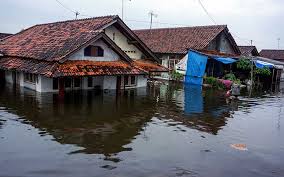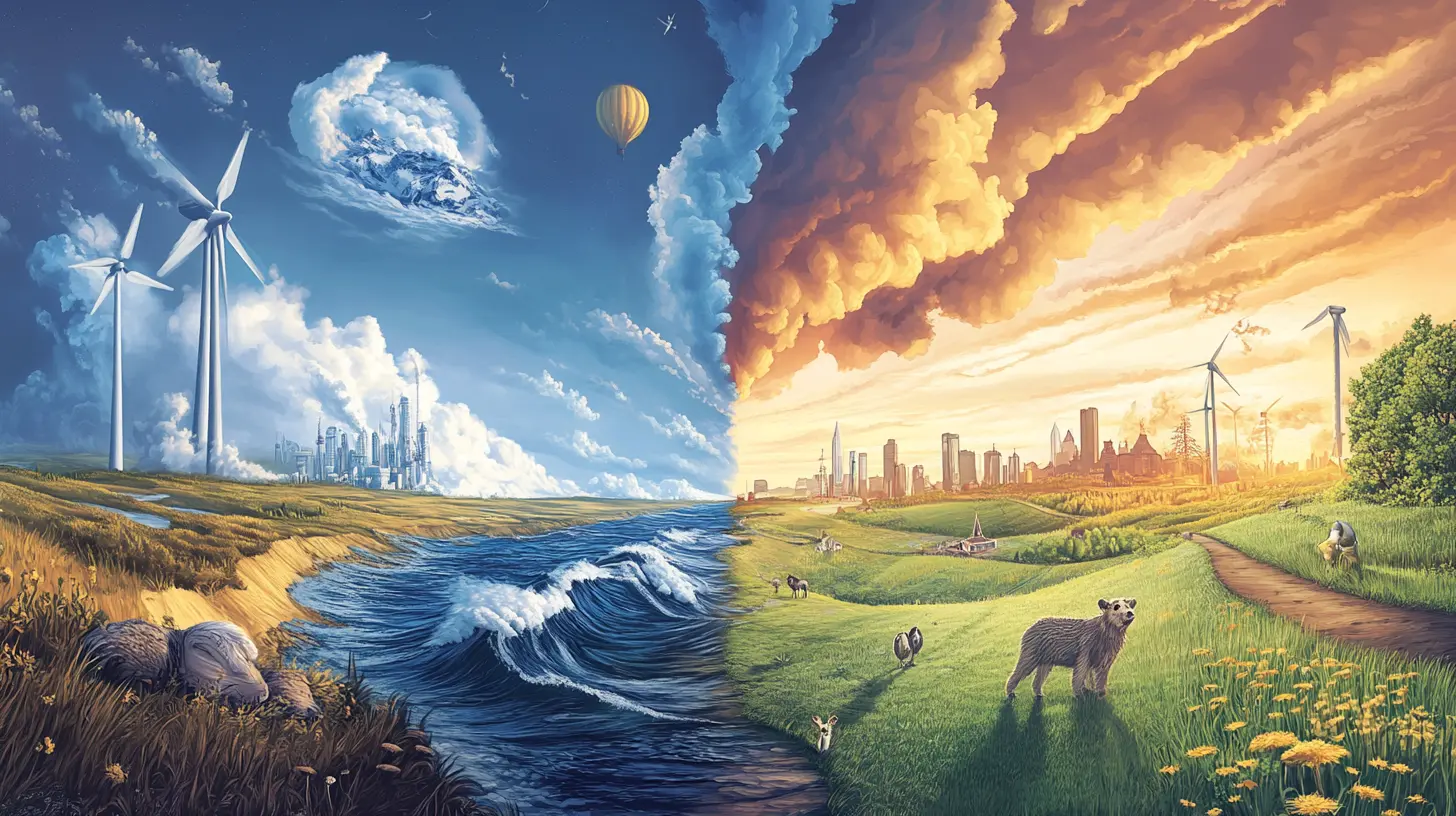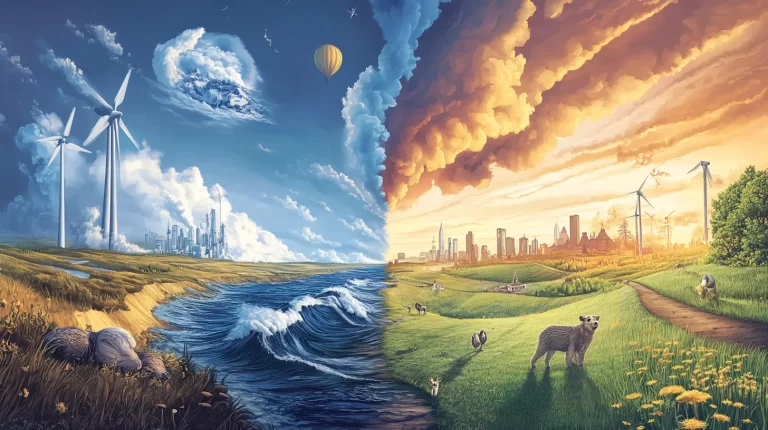Climate change is a pressing global issue that has been at the forefront of scientific inquiry and public discourse for decades. Understanding the science of climate change is crucial not only for policymakers and scientists but also for the global citizenry. Despite substantial advancements in research and policy frameworks aimed at mitigating its effects, a myriad of myths and misconceptions continue to pervade the public understanding of climate change. This often leads to skepticism, diminished public urgency, and delayed actions necessary to combat its impacts effectively. With the aim of demystifying this complex subject, this article seeks to elucidate the scientific realities of climate change while addressing the widely circulated myths that often cloud public perception.
The significance of this topic cannot be overstated as climate change has far-reaching implications that affect ecosystems, economies, and communities worldwide. Recent scientific findings provide compelling evidence of human-induced climate change and underscore the urgent need for both mitigation and adaptation strategies. With global temperatures rising, polar ice caps melting, and extreme weather events increasing in frequency, the need for a comprehensive understanding of climate change has never been more critical. Through an exploration of Mariatogel recent updates, this article aims to equip readers with the knowledge necessary to discern fact from fiction in the realm of climate science, ultimately fostering informed decisions and proactive measures.
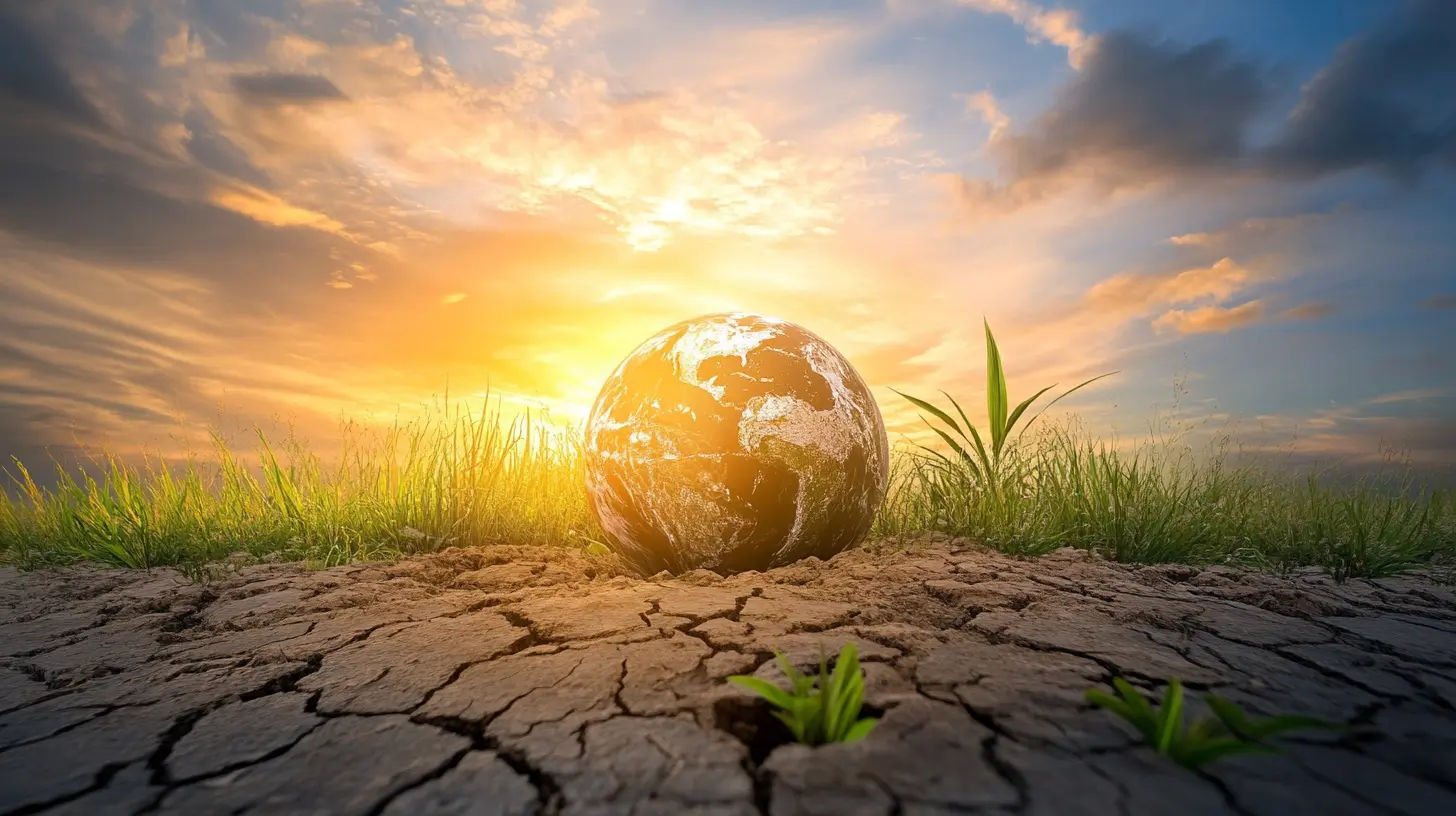
Recent Scientific Findings and Genuine Implications
Recent scientific studies have made significant contributions to our understanding of climate change. A key area of focus has been the quantification of human contributions to global warming. The Intergovernmental Panel on Climate Change (IPCC), in its Sixth Assessment Report, reaffirms with high confidence that human activities, particularly the burning of fossil fuels, are the primary drivers of recent climate change. This finding is supported by robust climate models that simulate past, present, and future climate scenarios, demonstrating that natural variabilities alone cannot account for the observed warming trends.
The report highlights that the Earth’s average surface temperature has risen by approximately 1.1 degrees Celsius (2.0 degrees Fahrenheit) since the late 19th century, with the most recent decades registering the warmest periods. This warming trend is unequivocally linked to increasing concentrations of greenhouse gases like carbon dioxide, methane, and nitrous oxide in the atmosphere. The long-term implications of this warming are profound, as they affect sea levels, biodiversity, and human health.
Sea level rise poses one of the most immediate and observable impacts of climate change. Recent data indicates that global sea levels have risen by about 20 centimeters (8 inches) since the beginning of the 20th century, a rate that has accelerated in recent years. This rise is attributed to thermal expansion of seawater as it warms and the melting of glaciers and ice sheets. Low-lying coastal areas and island nations are particularly vulnerable, facing the threat of inundation and increased frequency of storm surges.
Moreover, climate change is increasingly linked to biodiversity loss. Rising temperatures and changing precipitation patterns alter habitats, challenging the adaptive capacity of many species. A recent study published in *Nature Climate Change* estimates that nearly one-third of species could face extinction by mid-century if current warming trends continue unabated.
Human health is also at risk, as changes in climate influence the spread of vector-borne diseases, exacerbate respiratory conditions, and increase the likelihood of heat-related illnesses. For instance, the increasing prevalence of Lyme disease in previously unaffected areas highlights the expanding range of tick habitats due to warming temperatures.
Dispelling Myths: Human Inaction and Natural Cycles
One prevalent myth suggests that climate change is a natural phenomenon that does not warrant human intervention. Proponents of this view often point to historical climate fluctuations, such as the Medieval Warm Period or the Little Ice Age, as evidence that current changes are simply part of the Earth’s natural cycles. However, this argument fails to recognize the distinct characteristics of present-day climate change.
The speed of current climatic changes far exceeds those observed in historical records. While natural factors, such as solar radiation and volcanic activity, have indeed influenced past climate variability, they do not account for the rapid rate of warming observed since the industrial revolution. Scientific studies have shown that current levels of greenhouse gases in the atmosphere are unprecedented in at least 800,000 years, a period during which humanity has made significant advancements in agriculture, urbanization, and industrialization.
Additionally, the myth that climate change is solely a natural process ignores the vast body of evidence demonstrating the anthropogenic causes of recent warming. The “fingerprint” of human activity is evident in the pattern of warming, with the greatest temperature increases occurring in the Arctic and over land areas, consistent with projections from climate models that account for human-induced greenhouse gas emissions.
Another misconception is that individual actions are insufficient to make a meaningful difference in combating climate change. While it is true that systemic changes at the governmental and industrial levels are crucial, individual actions can collectively have a significant impact. For example, reducing energy consumption, adopting sustainable transportation, and supporting renewable energy sources can mitigate greenhouse gas emissions. Community engagement in local conservation efforts and advocacy for policy changes further amplifies individual contributions.
Technological Innovations and Their Impact
Technological advancements play a vital role in both understanding and mitigating climate change. Recent developments in satellite technology have enhanced climate monitoring capabilities, providing detailed data on atmospheric, oceanic, and terrestrial changes. Organizations like the National Aeronautics and Space Administration (NASA) and the European Space Agency (ESA) have launched missions that continuously monitor Earth’s climate systems, improving model accuracy and enabling timely responses to climate anomalies.
Renewable energy technologies are another crucial area of innovation. The costs of solar and wind energy have decreased significantly, making them more accessible and attractive alternatives to fossil fuels. A report by the International Renewable Energy Agency (IRENA) indicates that solar photovoltaics and onshore wind are now the cheapest sources of new power generation for at least two-thirds of the globe. Transitioning to renewable energy not only reduces emissions but also fosters energy security and supports economic development.
Equally promising is the advancement in carbon capture and storage (CCS) technologies. CCS involves capturing carbon dioxide emissions from industrial processes and power plants and storing them underground to prevent their release into the atmosphere. While still in the early stages of deployment, this technology has the potential to mitigate emissions from existing infrastructure, empowering industries dependent on fossil fuels to transition more sustainably.
Moreover, innovations in energy efficiency have led to the development of smarter appliances, buildings, and transportation systems. Smart grids, for instance, optimize electricity distribution, reducing waste and accommodating increased energy loads from renewable sources. Electric vehicles continue to gain popularity, reducing reliance on gasoline and diesel fuels.
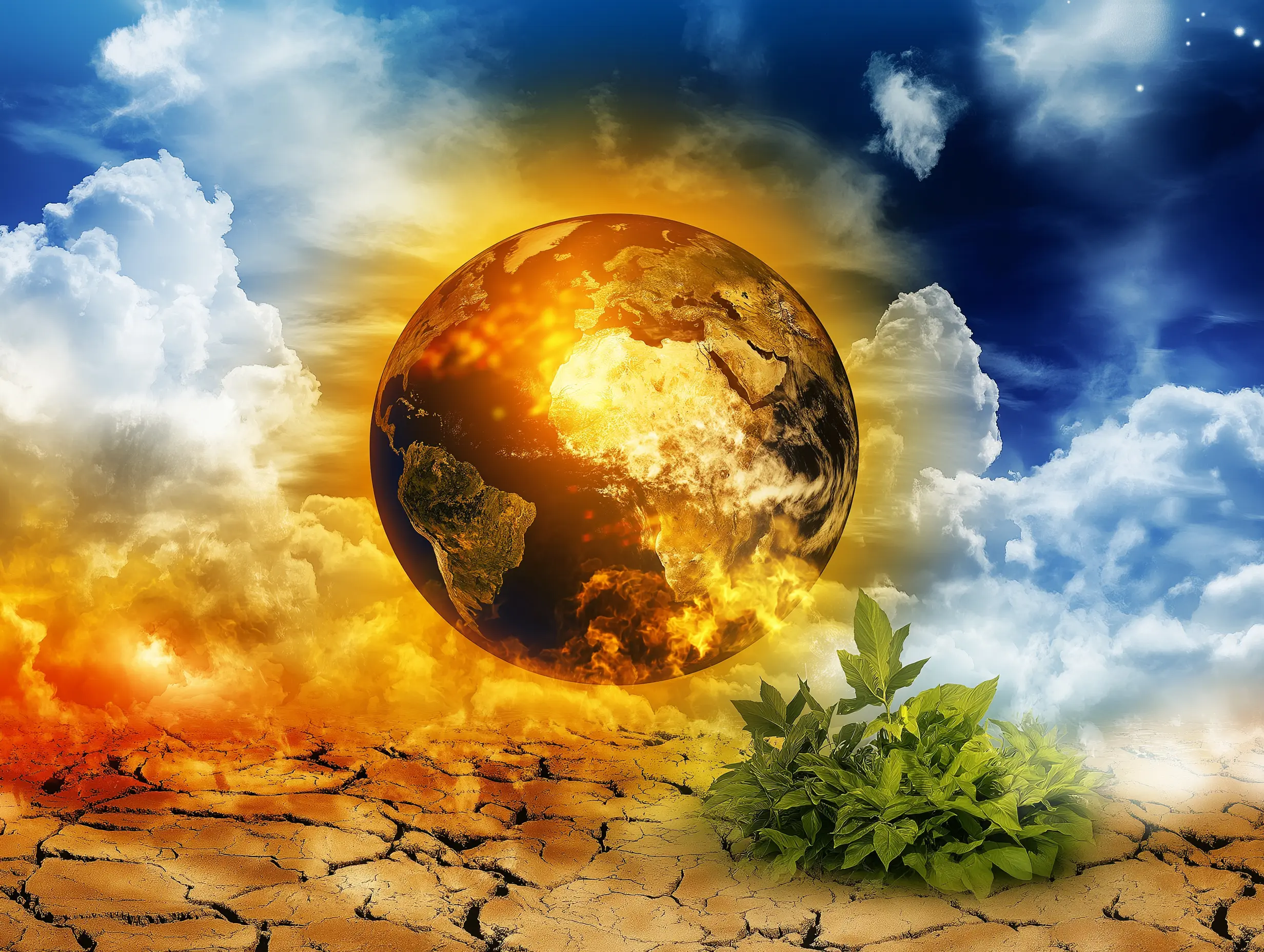
Policy Frameworks: Global Collaborations and National Initiatives
Effective policy frameworks are essential for addressing climate change at both the global and national levels. The Paris Agreement, adopted in 2015, represents a landmark global effort to limit global warming to well below 2 degrees Celsius above pre-industrial levels, with an aspirational target of limiting it to 1.5 degrees. Countries commit to nationally determined contributions (NDCs), outlining their plans to reduce emissions and enhance climate resilience.
Recent developments highlight the collaborative efforts of nations to tackle climate change. At the 26th UN Climate Change Conference of the Parties (COP26) in Glasgow, several countries pledged to enhance their NDCs, increase financial support for developing nations, and phase out coal usage. Notable agreements on deforestation and methane emissions mark significant progress in addressing key drivers of climate change.
National policies also play a crucial role in meeting climate goals. For instance, the European Union has set ambitious targets through its Green Deal, aiming to achieve carbon neutrality by 2050. Similarly, the United States, under the Biden administration, has rejoined the Paris Agreement and committed to reducing emissions by 50-52% below 2005 levels by 2030.
Complementing these national efforts are local and regional initiatives that foster innovation, education, and resilience-building. Cities worldwide are adopting sustainable urban planning practices, such as promoting public transportation, increasing green spaces, and implementing waste management systems. These initiatives demonstrate that while global collaboration is essential, local actions are equally vital in driving climate solutions.
Addressing Economic Concerns and Opportunities
A common myth regarding climate action is its purported negative impact on economic growth. Some argue that transitioning away from fossil fuels and investing in renewable energy imposes significant financial burdens. However, recent studies reveal that the economic opportunities associated with climate action can outweigh the costs.
Investing in clean energy creates jobs and stimulates economic growth. According to the International Labor Organization (ILO), transitioning to a green economy is expected to create 24 million new jobs globally by 2030, offsetting job losses in conventional energy sectors. The growing demand for skilled workers in renewable energy, energy efficiency, and sustainable agriculture presents opportunities for workforce development and economic diversification.
Moreover, the cost of inaction is substantial. The economic impacts of climate change, including damage to infrastructure, productivity losses, and health-related expenses, are projected to reach trillions of dollars annually. Addressing these risks proactively through sustainable investments can minimize future costs and enhance resilience against climate shocks.
Innovations in sustainable finance further exemplify the economic potential of climate action. Green bonds, carbon pricing, and sustainable investment funds encourage private sector engagement while driving funds toward environmentally beneficial projects. This aligns financial incentives with climate goals, creating a symbiotic relationship between ecological preservation and economic prosperity.
Tackling the Social Dimensions of Climate Change
Climate change is a multidimensional issue that disproportionately affects marginalized and vulnerable communities. Addressing these social dimensions is imperative for achieving equitable climate solutions. Recent studies emphasize the importance of integrating social equity into climate policies to ensure that the benefits of climate action are distributed fairly.
Vulnerable populations often bear the brunt of climate impacts due to their limited adaptive capacity and heightened exposure to environmental hazards. Indigenous communities, low-income households, and smallholder farmers frequently face increased risks of displacement, food insecurity, and health challenges. The inclusion of their voices in decision-making processes is essential to developing effective and inclusive climate policies.
Gender is another critical social factor influencing vulnerability to climate change. Women, particularly in developing regions, often assume primary responsibilities for food and water security, making them more susceptible to climate impacts. Initiatives that empower women through education, access to resources, and leadership opportunities enhance community resilience and drive sustainable development.
Social justice movements and youth-led activism are increasingly demanding climate action and accountability. The widespread mobilization of young people underscores the urgency of addressing climate change as a matter of intergenerational equity. Acknowledging the contributions of diverse communities and fostering inclusivity is central to building a sustainable and climate-resilient future.
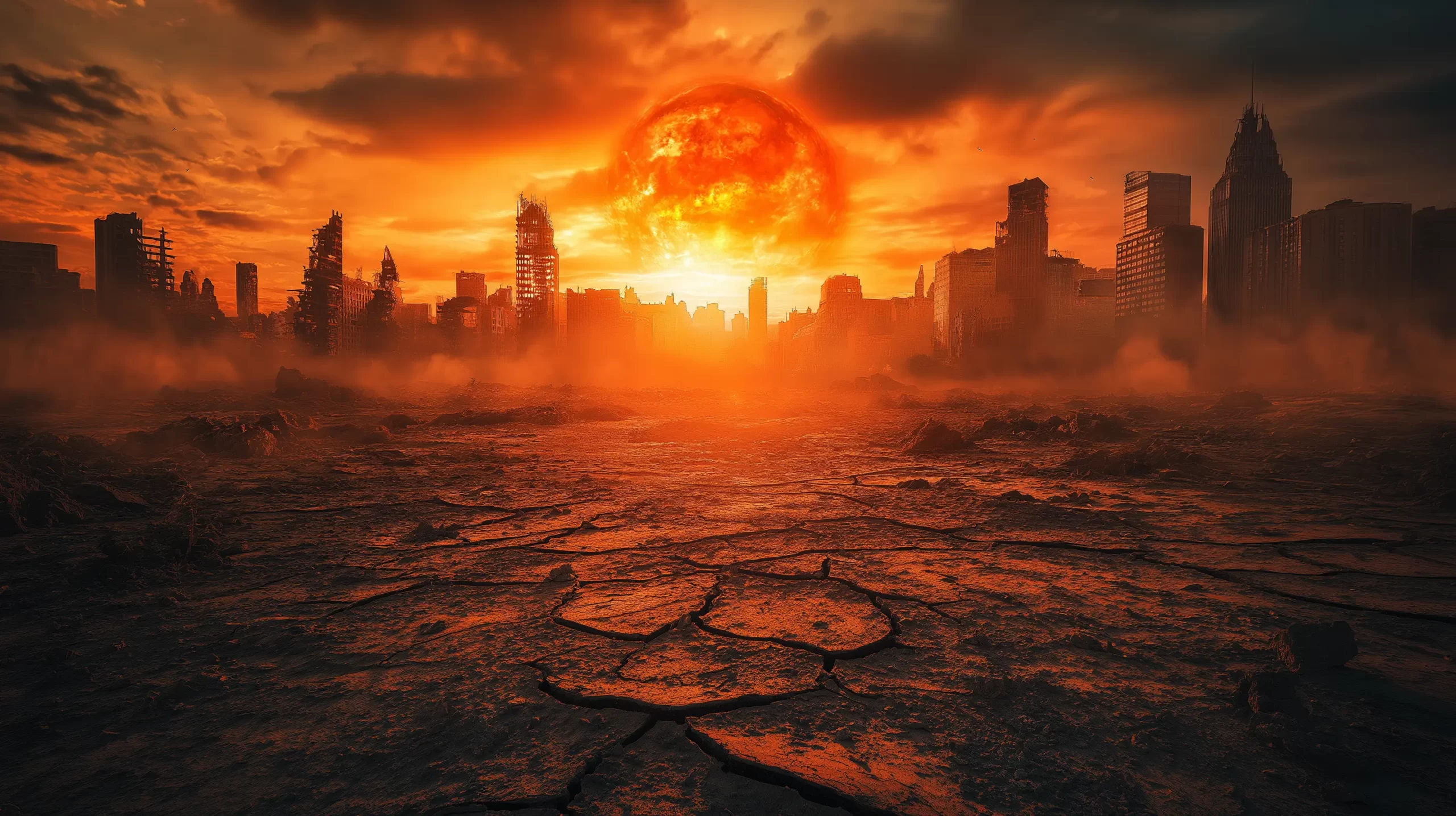
Media Representation and Public Perception
The media plays a pivotal role in shaping public perceptions of climate change, influencing societal attitudes and behaviors. However, the dissemination of misinformation and sensationalism often distorts the realities of climate science. Addressing these challenges requires accurate reporting, critical analysis, and science-informed narratives.
Misinformation regarding the causes and consequences of climate change can create confusion and skepticism. Media outlets, therefore, bear the responsibility of providing balanced and scientifically accurate coverage. Collaborations between scientists, journalists, and educators are crucial for generating content that enhances public understanding and fosters informed decision-making.
Scientific literacy is foundational to combating misinformation. Educational initiatives that promote climate science in curricula equip students with the knowledge and skills necessary to evaluate scientific claims critically. Public engagement campaigns, documentaries, and digital platforms further amplify science communication efforts.
The role of social media in disseminating climate information cannot be overlooked. While it provides a platform for raising awareness and fostering dialogue, it also risks amplifying misleading narratives. Promoting fact-checking and encouraging thoughtful discussions are vital in ensuring social media serves as a force for positive climate action.
The Role of Individuals and Communities
Individuals and communities play a significant role in driving climate action through behavioral changes and grassroots initiatives. Recognizing the power of collective effort empowers people to take meaningful steps toward sustainability at the local level.
Community-based conservation projects, waste reduction initiatives, and urban gardening programs foster environmental stewardship and encourage sustainable living. Grassroots organizations often mobilize volunteers, organize clean-up events, and advocate for policy changes, creating a ripple effect that extends beyond local boundaries.
Educating future generations is crucial for cultivating long-term climate consciousness. Schools and educators can inspire students to become active participants in environmental protection through experiential learning, nature exploration, and sustainability projects. Encouraging curiosity about the natural world instills a sense of responsibility and agency.
Ultimately, fostering a culture of sustainability requires emphasizing the interconnectedness of individual actions and global outcomes. Practicing mindful consumption, reducing carbon footprints, and supporting sustainable businesses contribute to building an environmentally conscious society.
Conclusion
In summary, the science of climate change presents a compelling narrative of urgency and opportunity. Recent updates reinforce the reality of human-induced climate change, debunking myths that undermine constructive discourse. Understanding and addressing the multifaceted challenges of climate change necessitate a comprehensive approach that integrates scientific innovation, policy collaboration, economic considerations, and social equity.
Looking to the future, the path to climate resilience lies in embracing technological advancements, enhancing global cooperation, and fostering individual and community engagement. The transformation required to address climate change extends beyond technological solutions—it demands a cultural shift toward sustainability, driven by informed decision-making, inclusive policies, and empowered citizenry.
As the impacts of climate change continue to unfold, the imperative for action becomes increasingly clear. By dispelling myths, embracing scientific realities, and championing collaborative efforts, societies can navigate the complexities of climate change and forge a path to a sustainable and equitable world for future generations. If you like reading this article then please consider visiting chameleonthefilm to find more article like this.
